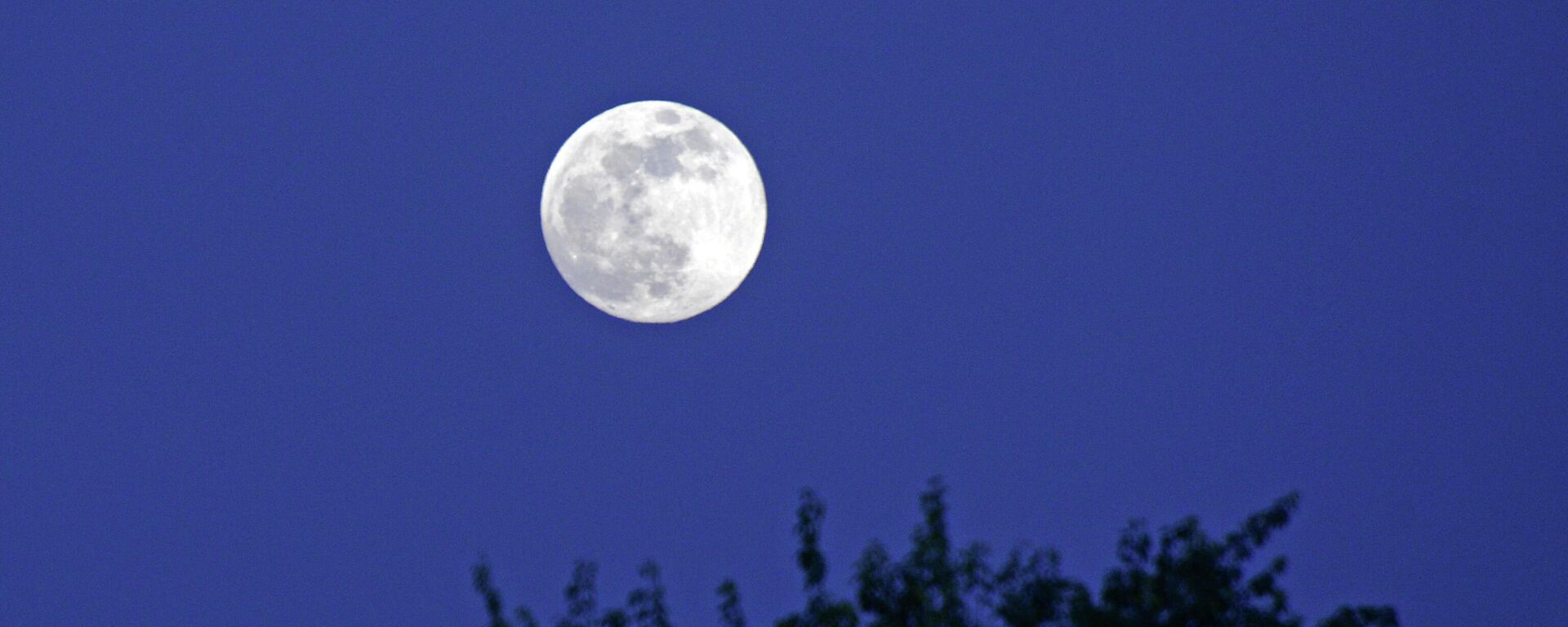https://sputnikglobe.com/20230506/its-not-cheese-scientists-confirm-what-makes-up-lunar-core-1110131209.html
It's Not Cheese! Scientists Confirm What Makes Up Lunar Core
It's Not Cheese! Scientists Confirm What Makes Up Lunar Core
Sputnik International
Much to the disappointment of claymation characters Wallace and Gromit, new findings have revealed the core of the moon is not made of cheese, but rather a solid iron 'heart' similar to the inner workings of Earth.
2023-05-06T00:34+0000
2023-05-06T00:34+0000
2023-06-20T17:11+0000
beyond politics
science & tech
moon
iron
space
space exploration
https://cdn1.img.sputnikglobe.com/img/07e6/01/0f/1092276202_0:0:1920:1080_1920x0_80_0_0_7cfc44439ec79e6ecc5718c4b2944299.jpg
Much to the disappointment of claymation characters Wallace and Gromit, new findings have revealed the core of the moon is not made of cheese, but rather a solid iron 'heart' similar to the inner workings of Earth.In order to come to their conclusion, researchers compiled and synthesized observations from a number of lunar missions that investigated the satellite's gravitational field, surface composition, topography and orbital motion patterns around the Earth. Officials subsequently modeled different variants of the moon's internal structure, comparing results to observational data -including those pulled during the Apollo missions.Officials found that observations supported earlier established beliefs that in the moon's evolution, denser components sink toward its center and those with a lighter density float to the top of the satellite's mantle. It's believed the determination could explain how traces of rare Earth elements were found on the lunar surface.This structure resembles the interior of the Earth, but the satellite's solid core is made up of metal with a density close to iron. The researchers estimate the radius of the outer core to be 362 kilometers (km) and the inner core to be 258 km ± 40 km, which is about 15% of the satellite's radius.Previous studies had already established the presence of a liquid core, but the theory that a solid core exists had little evidence, in particular because of the latter's small size.Scientists believe the moon appeared about 4.5 billion years ago, having formed from fragments ejected into space after Earth collided with Teia - a hypothetical planet about the size of Mars. In orbit, these rapidly coalesced into a new celestial body which gradually cooled down to become a satellite.The study findings were published in the May edition of the journal Nature.
https://sputnikglobe.com/20230408/study-full-moon-triggers-rise-in-suicide-1109270159.html
https://sputnikglobe.com/20230209/scientists-propose-surrounding-earth-with-moon-dust-to-combat-global-warming-1107100407.html
Sputnik International
feedback@sputniknews.com
+74956456601
MIA „Rossiya Segodnya“
2023
News
en_EN
Sputnik International
feedback@sputniknews.com
+74956456601
MIA „Rossiya Segodnya“
Sputnik International
feedback@sputniknews.com
+74956456601
MIA „Rossiya Segodnya“
moon, why there is iron on moon surface, moon surface, gravitational flip theory, space exploration, earth core, appollo missions
moon, why there is iron on moon surface, moon surface, gravitational flip theory, space exploration, earth core, appollo missions
It's Not Cheese! Scientists Confirm What Makes Up Lunar Core
00:34 GMT 06.05.2023 (Updated: 17:11 GMT 20.06.2023) French planetary scientists from the Côte d'Azur University and Institute of Celestial Mechanics and Computation of Ephemerides recently built a model of the moon's internal composition based on mission data, and have since revealed quite the shocking find.
Much to the disappointment of claymation characters Wallace and Gromit, new findings have revealed the core of the moon is not made of cheese, but rather a solid iron 'heart' similar to the inner workings of Earth.
In order to come to their conclusion, researchers compiled and synthesized observations from a number of lunar missions that investigated the satellite's gravitational field, surface composition, topography and orbital motion patterns around the Earth. Officials subsequently modeled different variants of the moon's internal structure, comparing results to observational data -including those pulled during the
Apollo missions.
Officials found that observations supported earlier established beliefs that in the moon's evolution, denser components sink toward its center and those with a lighter density float to the top of the satellite's mantle. It's believed the determination could explain how traces of rare Earth elements were found on the lunar surface.
This structure resembles the interior of the Earth, but the satellite's solid core is made up of metal with a density close to iron. The researchers estimate the radius of the outer core to be 362 kilometers (km) and the inner core to be 258 km ± 40 km, which is about 15% of the satellite's radius.
Previous studies had already established the presence of a liquid core, but the theory that a solid core exists had little evidence, in particular because of the latter's small size.
Scientists believe the moon appeared about 4.5 billion years ago, having formed from fragments ejected into space after Earth collided with Teia - a hypothetical planet about the size of Mars. In orbit, these rapidly coalesced into a new celestial body which gradually cooled down to become a satellite.

9 February 2023, 03:59 GMT
The study findings were published in the May edition of the journal
Nature.




